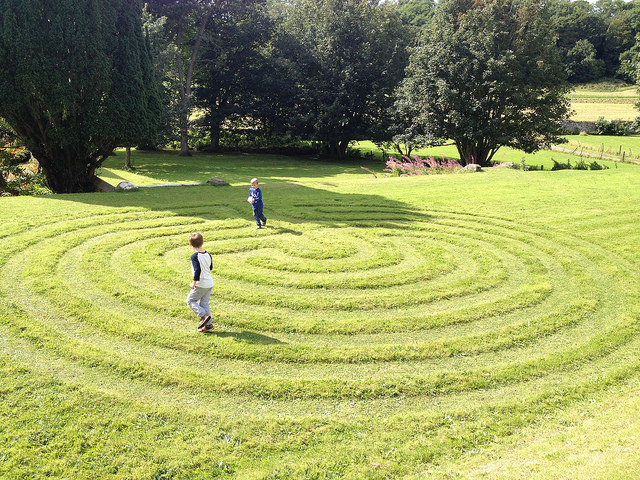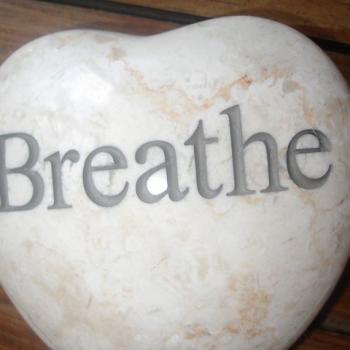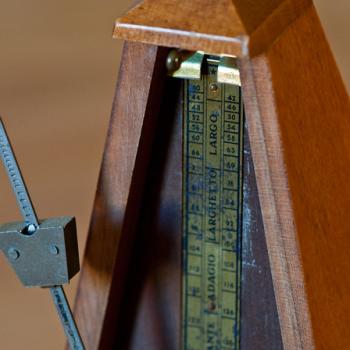
Stepping Into Walking Prayer
Walking is important to me. I walk whenever I can. I relate to other people differently when I walk than when I drive.
We all walk at our own pace. Sometimes we amble along, sometimes we stride with purpose. Walking gives us time to reflect, to breathe well, and to pray.
My praying is fairly intentional at the beginning of a walk. There may be a subject or person drawing me out to walk and pray for them. Sometimes I pray through my schedule and the time I will spend with people.
There are times when I pray about the people riding bicycles or skateboards or scooters on the sidewalk.
Generally as I walk my praying becomes less structured, less regulated. Slowly, my prayer becomes more about listening than about talking.
There is a prayer of walking in sunshine, and prayer of walking into a wind. Some of us pray the prayer of walking in the rain. Different prayers of walking during the day and walking after dark. There is the prayer of walking with another person, and the prayer of walking alone.
Walking prayer is praying with our eyes open. We see the people who might be living on the streets, the people who are waiting for a bus. Walking prayer may be filled with the spiritual life of construction sites, of hospitals, of coffee shops.
We pray for the people and places we see and know.
Walking prayer is good for us; good for our bodies, good for our spirits, good for our minds. It can be good, challenging exercise which helps us grow stronger. Walking prayer helps knit together our communities. Walking prayer transports us, filling each step with spiritual life.
When we come to the end of our walk, we say Amen.
Walking Prayer as a Contemplative Practice
We may practice walking prayer not only as pedestrians on a sidewalk or walking path. Some of us pray in more formal, more contemplative ways as we walk a labyrinth.
I have walked and prayed labyrinths in churches, monasteries, and retreat centers. There is one in a public garden which is within walking distance for me. Many churches and other accessible spaces have labyrinths which are available to the public. I attended a wedding at Grace Cathedral in San Francisco which took place on the indoor labyrinth there. Some churches and other spaces have moveable labyrinths they unfurl at specific times of the year.
A labyrinth is not the same thing as a maze. It is not a puzzle to solve or a challenge to meet. Labyrinths are a form of walking prayer which traditionally follow a pattern of three parts.
The first part is a journey inward. We start at the edge of the labyrinth and slowly, quietly make our way into it. It is a deliberate, contemplative process of taking one step at a time. There is plenty of time for breathing, listening, and calming ourselves.
The second part of the labyrinth is spending time at the center. We stand or sit at the labyrinth’s center listening to sacred stillness until we are ready to leave.
The third part of the practice is a journey outward. We have listened and spent centered time and now return to a world waiting for us.
We may start walking on the edge of the labyrinth, but there is no beginning and no ending. Our journey in the world brings us to the edge of the labyrinth and continues as we walk away.
There are no rules about where the truths are waiting for us.
Where Will Walking Prayer Help Us Go?
For many of us the traditional prayer postures of sitting or standing still or kneeling are challenging. It is easy for us to get distracted and anxious about whether we are doing it the right way.
The essential element of prayer for me is being open and listening to spiritual life.
Spiritual life is all around me and within me, filling everyday life with significance and sacred truth. So many things which are less important and less meaningful compete for my attention.
There are so many other things I could be thinking about or working to accomplish. People and places which are familiar to me remind me of what I have done in the past or hope to do in the future.
Walking prayer gives my body something to do without drawing my mind away from the present moment.
How Do We Practice Walking Prayer?
There are many ways we can choose to practice walking prayer.
Some of us walk long distances on pilgrimages to places we find sacred. We may pray as we take part in marches or other demonstrations. Some of us find hiking in wilderness spaces a form of prayer and communion with spiritual life.
We may pray as we take meals to hungry people or visit people who are sick or imprisoned. Some of us pray as we minister to people with nowhere to live other than on a sidewalk.
Other people take a walk when we need to clear our heads or our hearts, to calm down or catch our breath. Some of us pray as we march or run or ramble. There are people who pray on a treadmill.
The most important part of walking prayer for most of us is taking the first step. That step may be the first step we have ever taken to begin a new practice. It may be the first step we are taking into starting our practice again.
Our past attempts to practice walking prayer, even the ones we regret, do not matter. Whatever we hope for the future is not important.
All we need to do is turn our attention to walking prayer right now in the present moment and take a step.
We take our first step and begin our practice of walking prayer.
How will we practice walking prayer this week?
Where will our walking prayer help us go today?
[Image by goforchris]
Greg Richardson is a spiritual life mentor and leadership coach in Southern California. He is a recovering attorney and university professor, and a lay Oblate with New Camaldoli Hermitage near Big Sur, California. Greg’s website is StrategicMonk.com, and his email address is [email protected].












